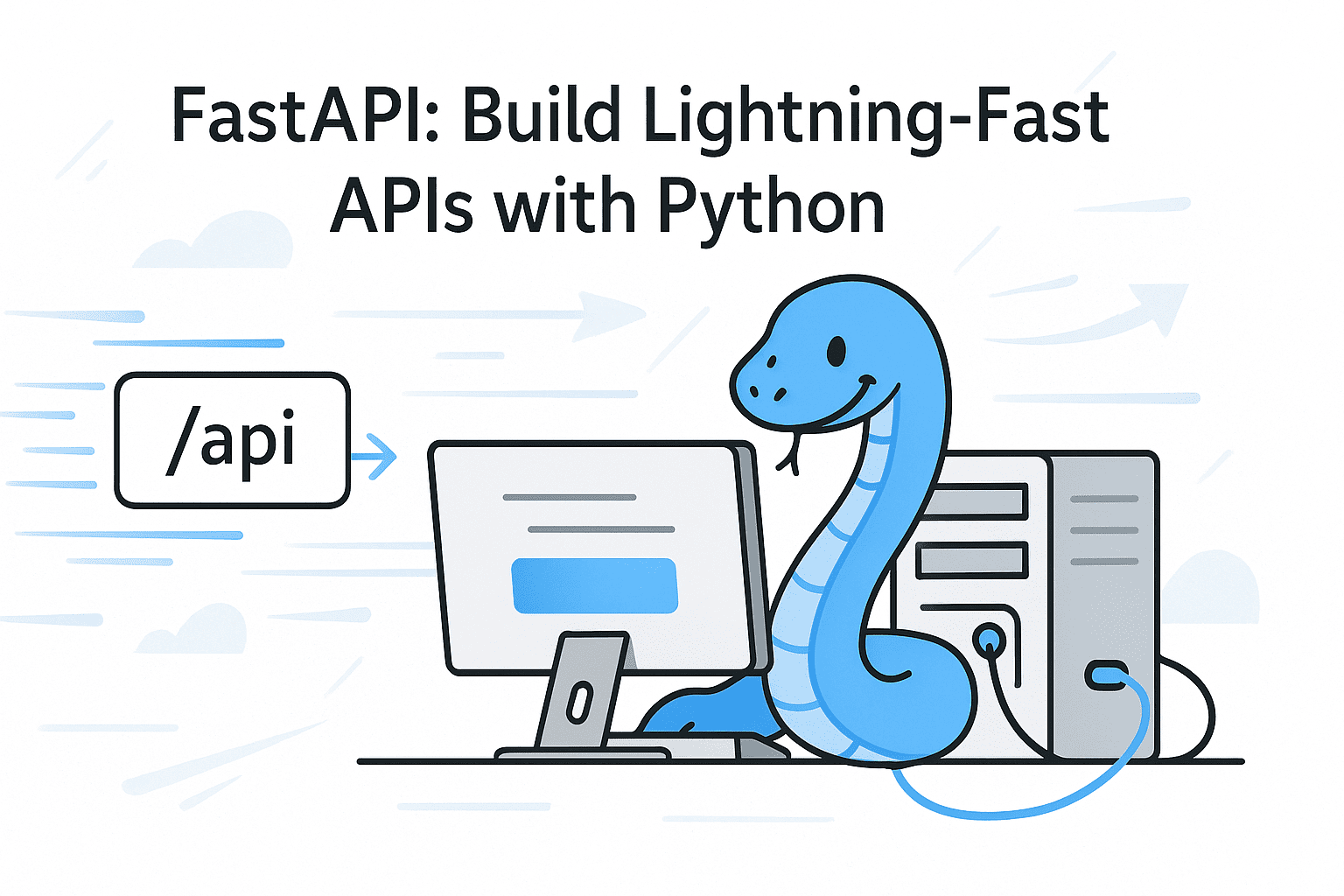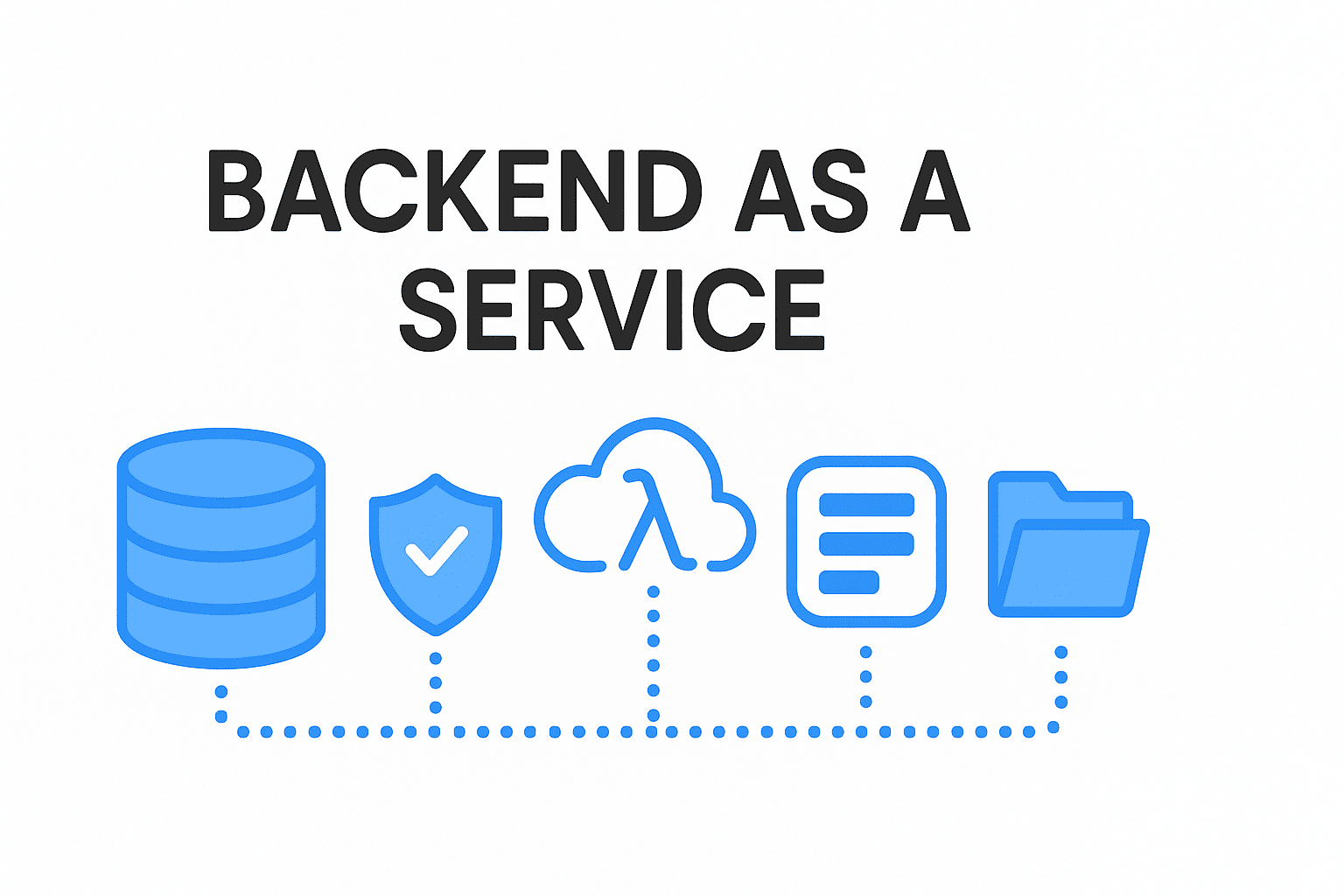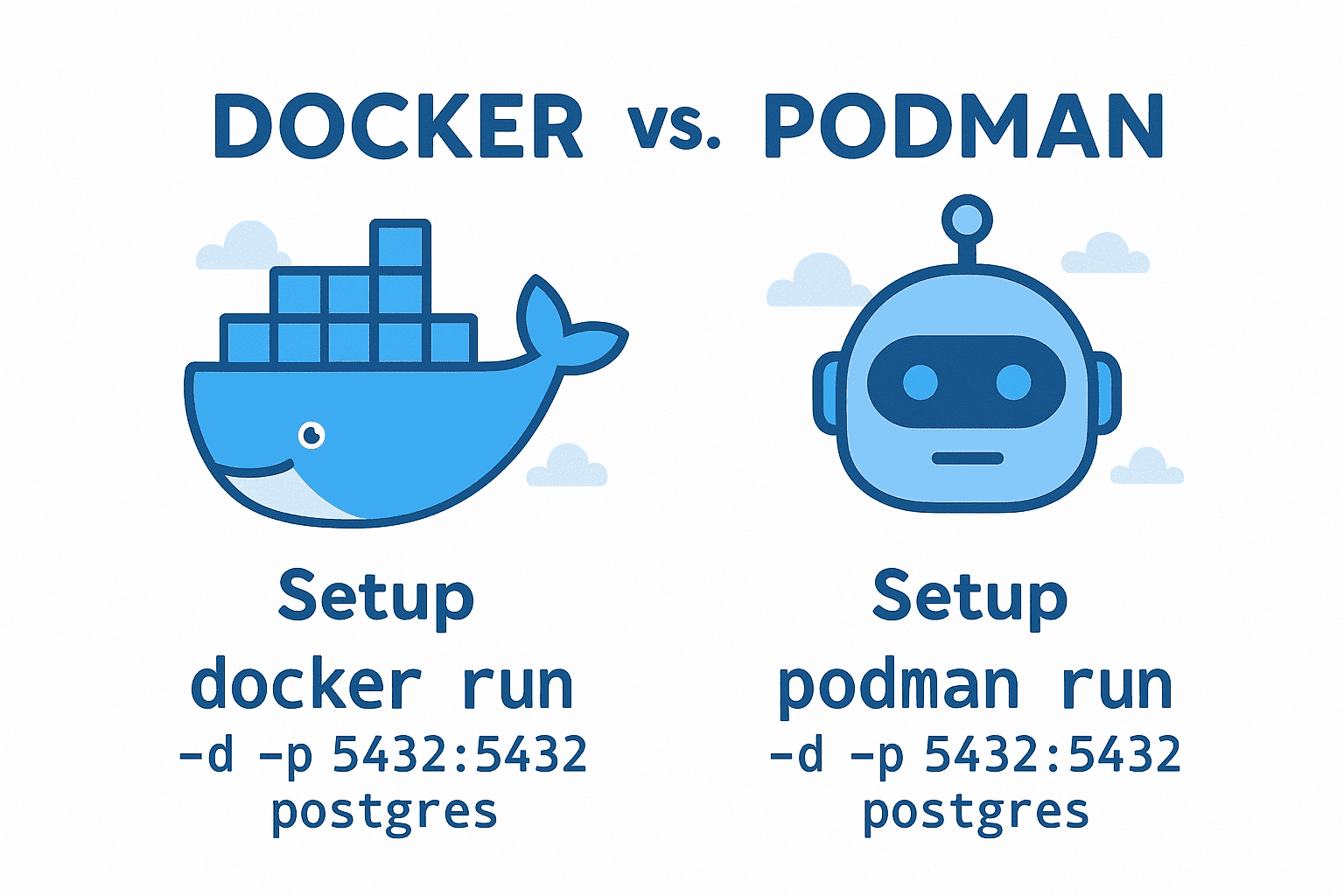In the world of modern web development, speed and scalability are everything. FastAPI has quickly risen to prominence as one of the fastest and most developer-friendly frameworks for building APIs in Python.
Built on top of Starlette and Pydantic, FastAPI combines asynchronous capabilities, automatic documentation, and robust validation—all without sacrificing performance.
In this post, we’ll dive deep into why FastAPI is a game-changer, show real-world code examples, and end with advanced optimization tips to make your APIs even faster.
Why Developers Love FastAPI
1. Blazing Fast Performance
FastAPI is built on ASGI (Asynchronous Server Gateway Interface), giving it a massive speed advantage over traditional WSGI frameworks like Flask and Django. Benchmarks show that FastAPI can rival Node.js and Go in raw performance.
2. Automatic Interactive Docs
FastAPI automatically generates Swagger UI and ReDoc documentation, thanks to its OpenAPI integration. Developers can test endpoints directly from the browser — no Postman required!
3. Type Hints + Pydantic = Safer Code
By leveraging Python 3.6+ type hints and Pydantic models, FastAPI ensures data validation at runtime, making code more reliable and self-documenting.
4. Asynchronous-Ready
FastAPI’s async-first architecture allows you to handle thousands of requests efficiently — perfect for microservices, chatbots, and real-time systems.
Setting Up FastAPI
Installation
pip install fastapi uvicorn
Here, FastAPI is the framework, and Uvicorn is the high-performance ASGI server.
Basic Example
Create a file called main.py:
from fastapi import FastAPI
app = FastAPI()
@app.get("/")
def read_root():
return {"message": "Hello, FastAPI!"}
@app.get("/items/{item_id}")
def read_item(item_id: int, q: str | None = None):
return {"item_id": item_id, "query": q}
Run the app:
uvicorn main:app --reload
Open your browser and visit:
- Docs: http://127.0.0.1:8000/docs
- ReDoc: http://127.0.0.1:8000/redoc
Building a Real-World Example: CRUD API with Pydantic Models
Let’s create a small API for managing users.
models.py
from pydantic import BaseModel, EmailStr
class User(BaseModel):
id: int
name: str
email: EmailStr
main.py
from fastapi import FastAPI, HTTPException
from models import User
app = FastAPI()
users = []
@app.post("/users/", response_model=User)
def create_user(user: User):
users.append(user)
return user
@app.get("/users/{user_id}", response_model=User)
def get_user(user_id: int):
for u in users:
if u.id == user_id:
return u
raise HTTPException(status_code=404, detail="User not found")
@app.get("/users/")
def list_users():
return users
Run it with uvicorn main:app --reload and test in /docs. You now have a fully functioning CRUD API — with validation, type checking, and auto docs — in under 30 lines of code!
Asynchronous Endpoints
FastAPI supports both sync and async routes out of the box. Here’s how to define async endpoints:
import asyncio
from fastapi import FastAPI
app = FastAPI()
@app.get("/async-example")
async def async_endpoint():
await asyncio.sleep(2)
return {"message": "Async call completed!"}
This is perfect for I/O-bound operations such as database queries or external API calls.
Dependency Injection Made Simple
FastAPI includes a lightweight dependency injection system — useful for database sessions, authentication, or shared logic.
from fastapi import Depends
def common_parameters(q: str | None = None, skip: int = 0, limit: int = 10):
return {"q": q, "skip": skip, "limit": limit}
@app.get("/items/")
def read_items(commons: dict = Depends(common_parameters)):
return commons
Authentication with OAuth2 + JWT
FastAPI integrates seamlessly with OAuth2 and JWT for authentication.
Here’s a simplified example using password flow:
from fastapi import Depends, HTTPException, status
from fastapi.security import OAuth2PasswordBearer
oauth2_scheme = OAuth2PasswordBearer(tokenUrl="token")
@app.get("/users/me")
def read_users_me(token: str = Depends(oauth2_scheme)):
if token != "secrettoken":
raise HTTPException(status_code=status.HTTP_401_UNAUTHORIZED)
return {"user": "current_user"}
Automatic Validation and Error Handling
FastAPI automatically handles validation errors and returns clear JSON responses. Example invalid input response:
{
"detail": [
{
"loc": ["body", "email"],
"msg": "value is not a valid email address",
"type": "value_error.email"
}
]
}
Making FastAPI Even Faster: Optimization Tips ⚡
Now that your API works — let’s make it blazing fast.
1. Use Uvicorn with Gunicorn
For production:
pip install "uvicorn[standard]" gunicorn
gunicorn -k uvicorn.workers.UvicornWorker main:app --workers 4
Multiple workers = better concurrency.
2. Enable Keep-Alive and HTTP/2
In uvicorn, enable keep-alive connections and, if possible, HTTP/2 for faster response times.
uvicorn main:app --http h11 --loop uvloop --keep-alive 75
3. Optimize Database Access
- Use async ORM (like Tortoise ORM or SQLModel).
- Pool connections with asyncpg or SQLAlchemy 2.0.
- Cache heavy queries using Redis.
Example using asyncpg:
import asyncpg
async def get_db():
return await asyncpg.connect("postgresql://user:pass@localhost/db")
4. Response Compression & Caching
Use GZipMiddleware and cache headers for large responses:
from fastapi.middleware.gzip import GZipMiddleware
app.add_middleware(GZipMiddleware, minimum_size=1000)
5. Profile and Benchmark
Use tools like Locust, Apache Bench, or k6 to benchmark performance.
Example:
ab -n 1000 -c 100 http://127.0.0.1:8000/items/
6. Run with a Production-Grade Server
Deploy with NGINX as a reverse proxy and enable caching + gzip. Dockerize your app for consistent deployment and scalability.
Conclusion
FastAPI brings together modern Python features, asynchronous speed, and automatic documentation into one cohesive framework. Whether you’re building microservices, ML backends, or enterprise APIs — FastAPI helps you do it faster and smarter.
With proper optimization, you can achieve millisecond-level response times and serve thousands of requests per second — all with clean, maintainable Python code.
🤝 Need a Custom RSVP System or Dashboard?
I help businesses build tools that actually work , even on tight deadlines.
Whether you're planning an event, need internal tools, or want a custom dashboard for your team , I can help.
Reach out
📧 Email: safi.abdulkader@gmail.com | 💻 LinkedIn: @abdulkader-safi | 📱 Instagram: @abdulkader.safi | 🏢 DSRPT
Drop me a line, I’m always happy to collaborate! 🚀



